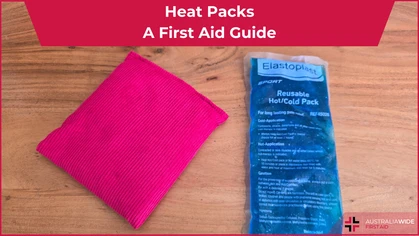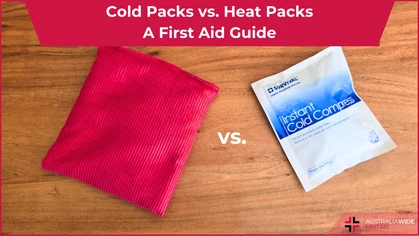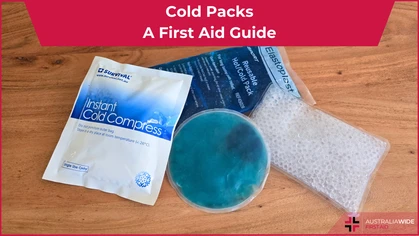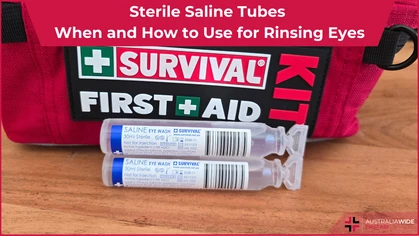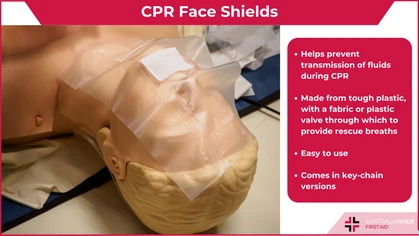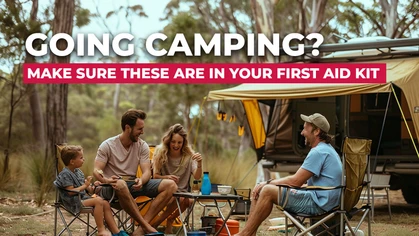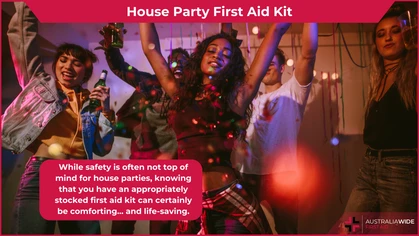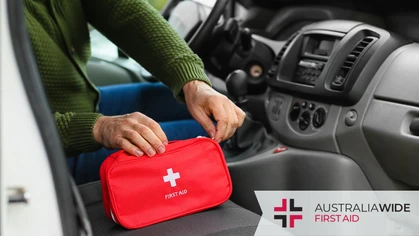Workplace First Aid Kit Requirements in Australia

First Aid Equipment
 In workplaces across Australia, ensuring the safety and well-being of employees is paramount.
One critical aspect of maintaining a safe work environment is having a properly stocked first aid kit readily available.
A well-equipped first aid kit can be instrumental in providing immediate care in the event of an injury or medical emergency.
However, to ensure its effectiveness, it's essential for employers to understand the requirements for first aid kits in the workplace.
In workplaces across Australia, ensuring the safety and well-being of employees is paramount.
One critical aspect of maintaining a safe work environment is having a properly stocked first aid kit readily available.
A well-equipped first aid kit can be instrumental in providing immediate care in the event of an injury or medical emergency.
However, to ensure its effectiveness, it's essential for employers to understand the requirements for first aid kits in the workplace.
Legal Requirements
In Australia, the requirements for workplace first aid kits are governed by state and territory legislation, as well as national guidelines. State-specific guidelines can be found: While specific regulations may vary slightly depending on the jurisdiction, they generally align with the guidelines provided by Safe Work Australia . According to Safe Work Australia, the Model Code of Practice for First Aid in the Workplace outlines the minimum requirements for first aid facilities and equipment, including first aid kits. This model code serves as a guideline for businesses to comply with their legal obligations regarding workplace health and safety. Employers must provide access to:- First aid facilities
- At least one first aid kit (per site, or in a vehicle if the job involves travelling to alternative locations to perform the work)
- People trained in first aid
Key Components of a Workplace First Aid Kit
You must have at least one kit in your workplace , and it should be kept in a location where all workers can see and access it quickly. If there is an area where injuries are more common, or there is a higher risk, consider keeping your first aid kit nearby. If workers travel for their job, they should have access to a first aid kit within their vehicle. While the exact contents of a first aid kit may vary based on the nature of the workplace and the level of risk involved, there are several essential items that should be included in every kit. These items are crucial for addressing common workplace injuries and medical emergencies, such as:- Cuts, scratches, grazes
- Punctures
- Splinters
- Muscular sprains and strains
- Minor burns
- Major bleeding wounds and/or amputation
- Broken bones
- Eye injuries
- Shock
- Adhesive bandages: Various sizes and shapes of adhesive bandages should be included to cover minor cuts, scrapes, and wounds.
- Sterile gauze pads: These are essential for dressing larger wounds and providing additional protection.
- Antiseptic wipes or solution: To clean wounds and prevent infection.
- Disposable gloves: Necessary for the protection of both the first aider and the injured person.
- Tweezers and scissors: For removing splinters, cutting bandages, and other necessary tasks.
- Triangular bandage: Can be used as a sling or for wrapping wounds.
- Roller bandages: Used for supporting sprains and securing dressings.
- Resuscitation mask: Reduces the risk of disease transmission during CPR.
- First aid instructions: Clear, easy-to-follow instructions for administering basic first aid procedures.
- Emergency contact information: Including details of emergency services, nearby medical facilities, and workplace-specific emergency protocols.
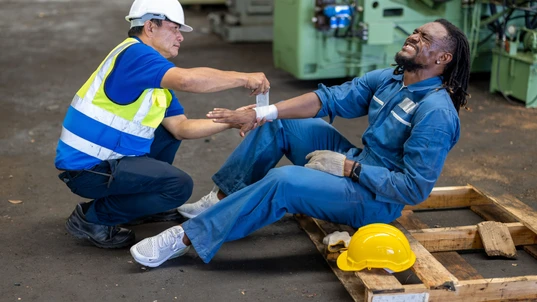
Tailoring First Aid Kits to Specific Risks
It's important to recognize that not all workplaces face the same level of risk or encounter the same types of injuries. Employers should conduct a thorough risk assessment, involving employees, to identify potential hazards and tailor first aid provisions accordingly. For example, workplaces with a higher risk of burns may require specialized burn dressings, while those with a greater risk of eye injuries may need eye wash stations in addition to standard first aid kits.Regular Maintenance and Inspection
Regular maintenance and inspection of the kit are equally important to ensure its effectiveness. Employers should designate a responsible individual or team to oversee the upkeep of first aid kits in the workplace. This includes:- Regularly checking the expiration dates of medical supplies and replacing any expired items.
- Ensuring that the first aid kit is easily accessible and clearly labelled.
- Conducting periodic inspections to ensure that all items are present and in good condition.
- Keeping a record of inspections and restocking activities.
Conclusion
A well-stocked and properly maintained first aid kit is an indispensable component of workplace safety in Australia. By ensuring compliance with legal requirements, regularly inspecting and replenishing supplies, and tailoring first aid provisions to specific workplace risks, employers can effectively safeguard the health and well-being of their employees. Investing in comprehensive first aid measures not only fulfils legal obligations but also demonstrates a commitment to prioritising employee safety and welfare. In addition to a first aid kit, every employee should be given the opportunity to train in CPR and first aid. Find a location convenient for your staff, or we can come to you!
Originally published at
https://www.australiawidefirstaid.com.au/resources/workplace-first-aid-kit-requirements-in-australia
as part of the Australia Wide First Aid Articles Library
